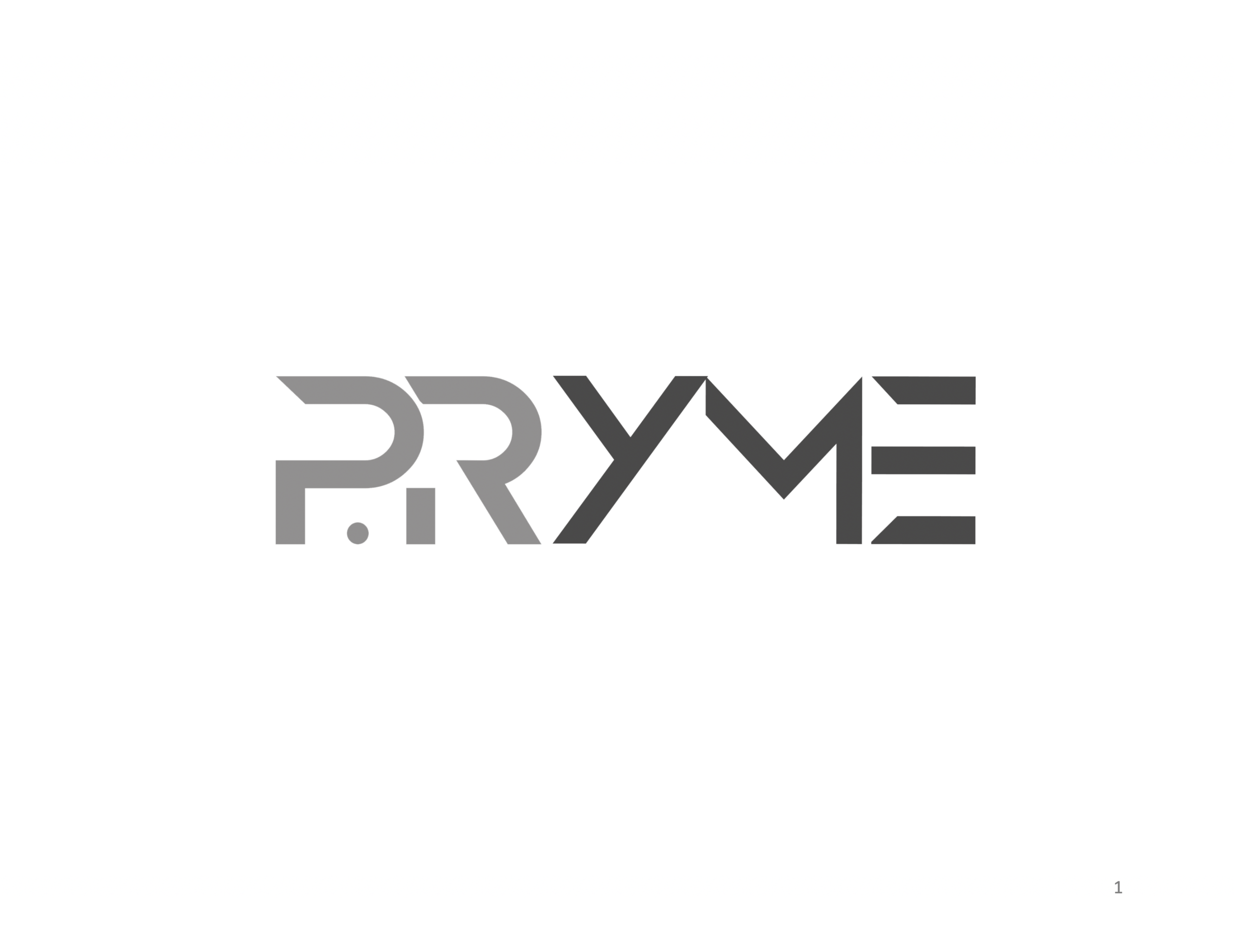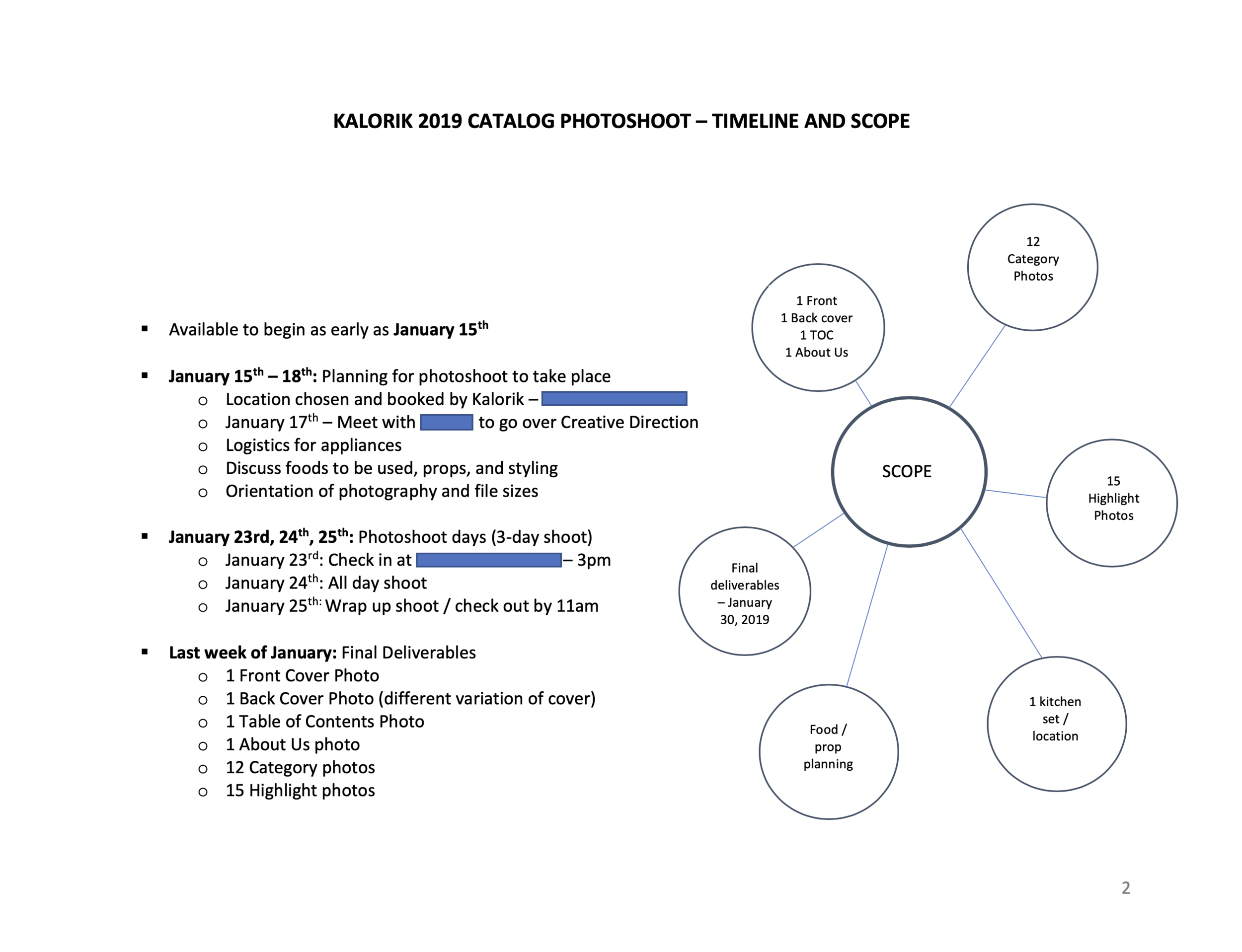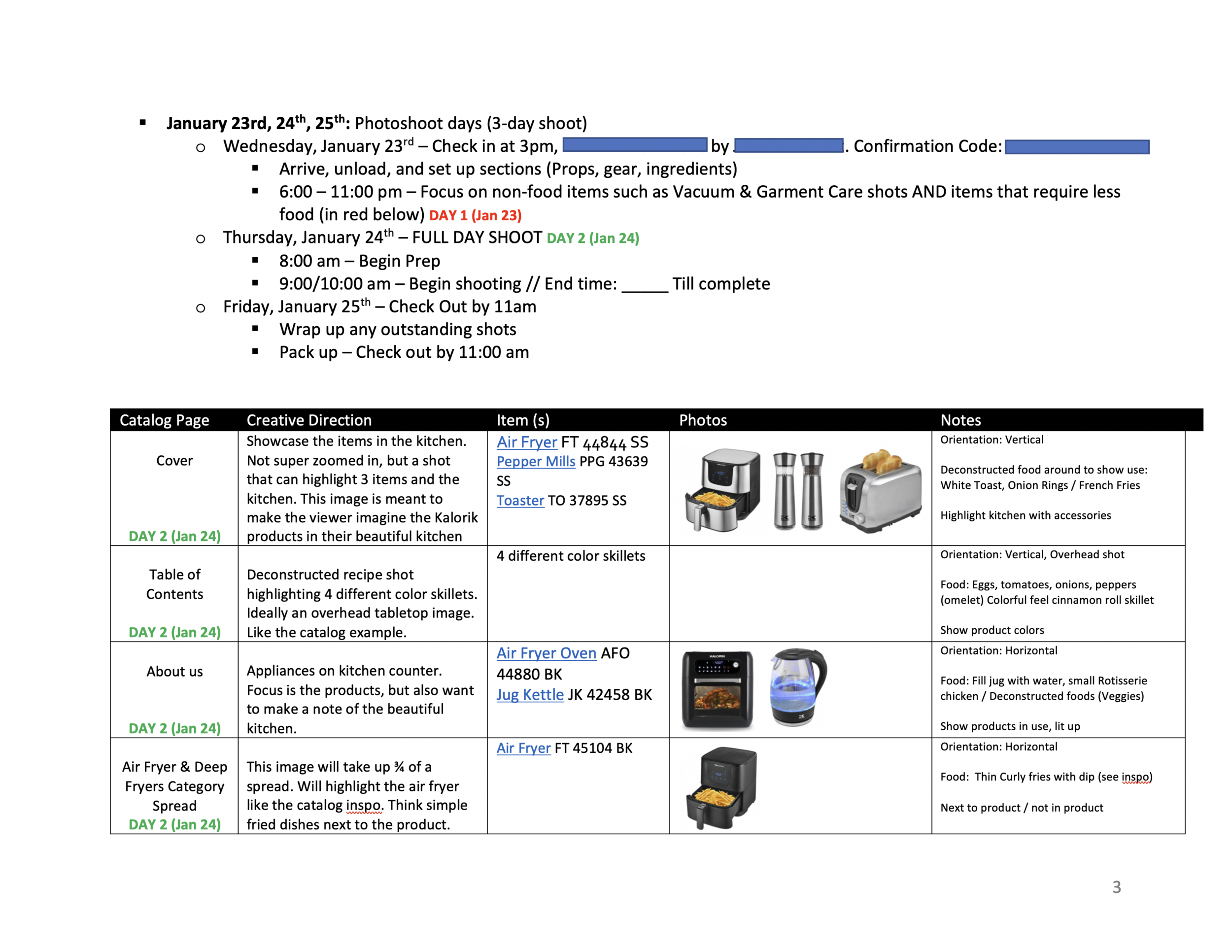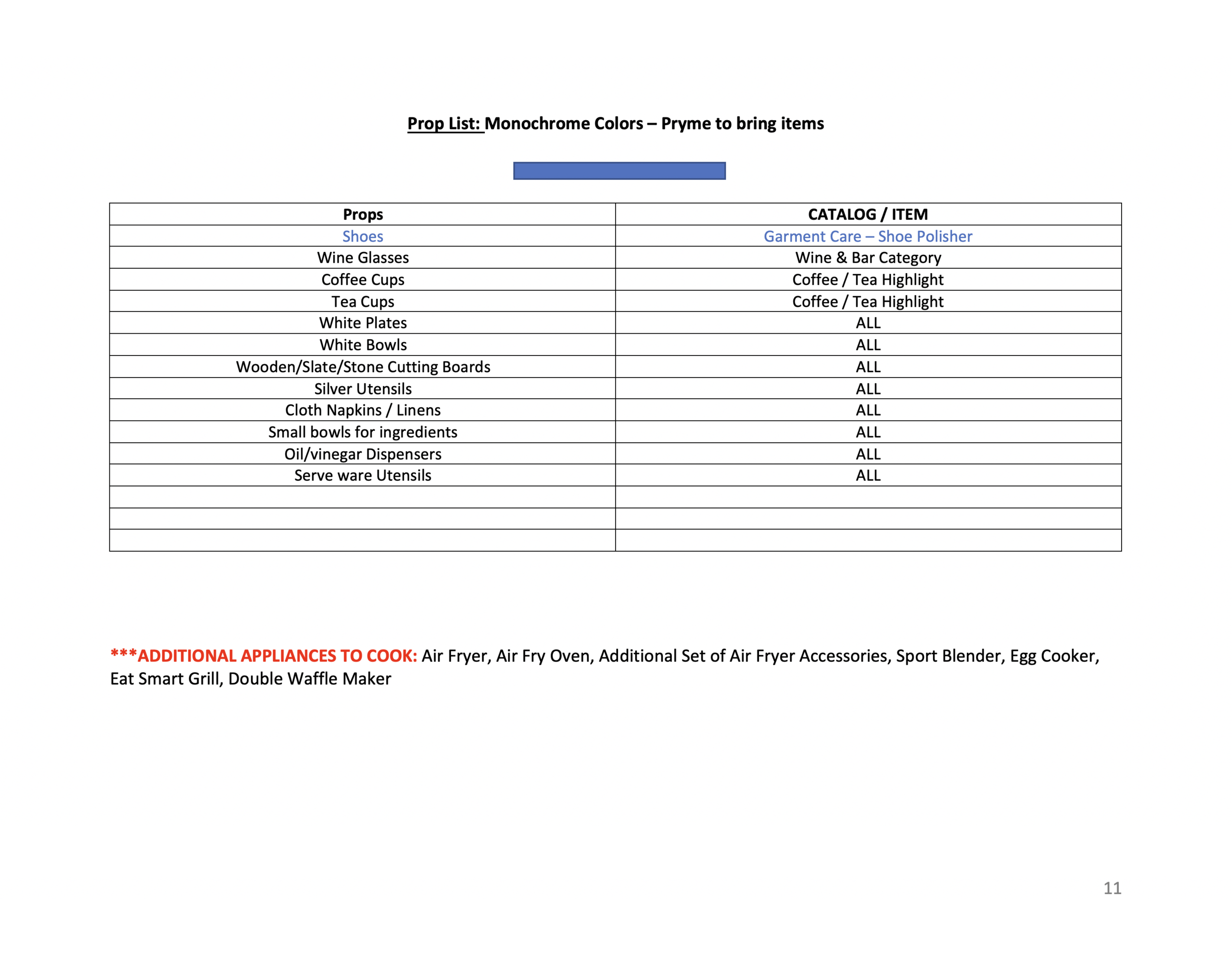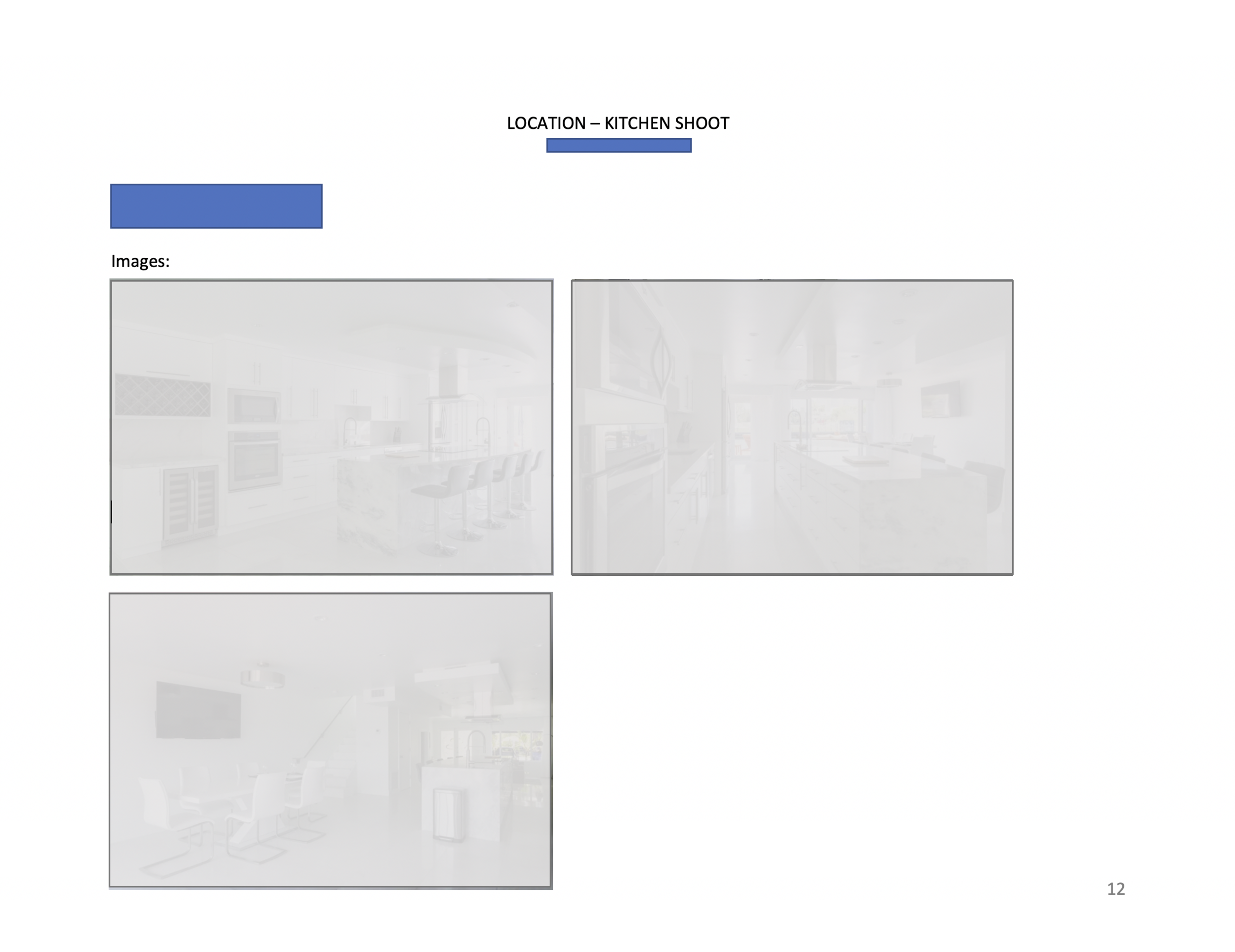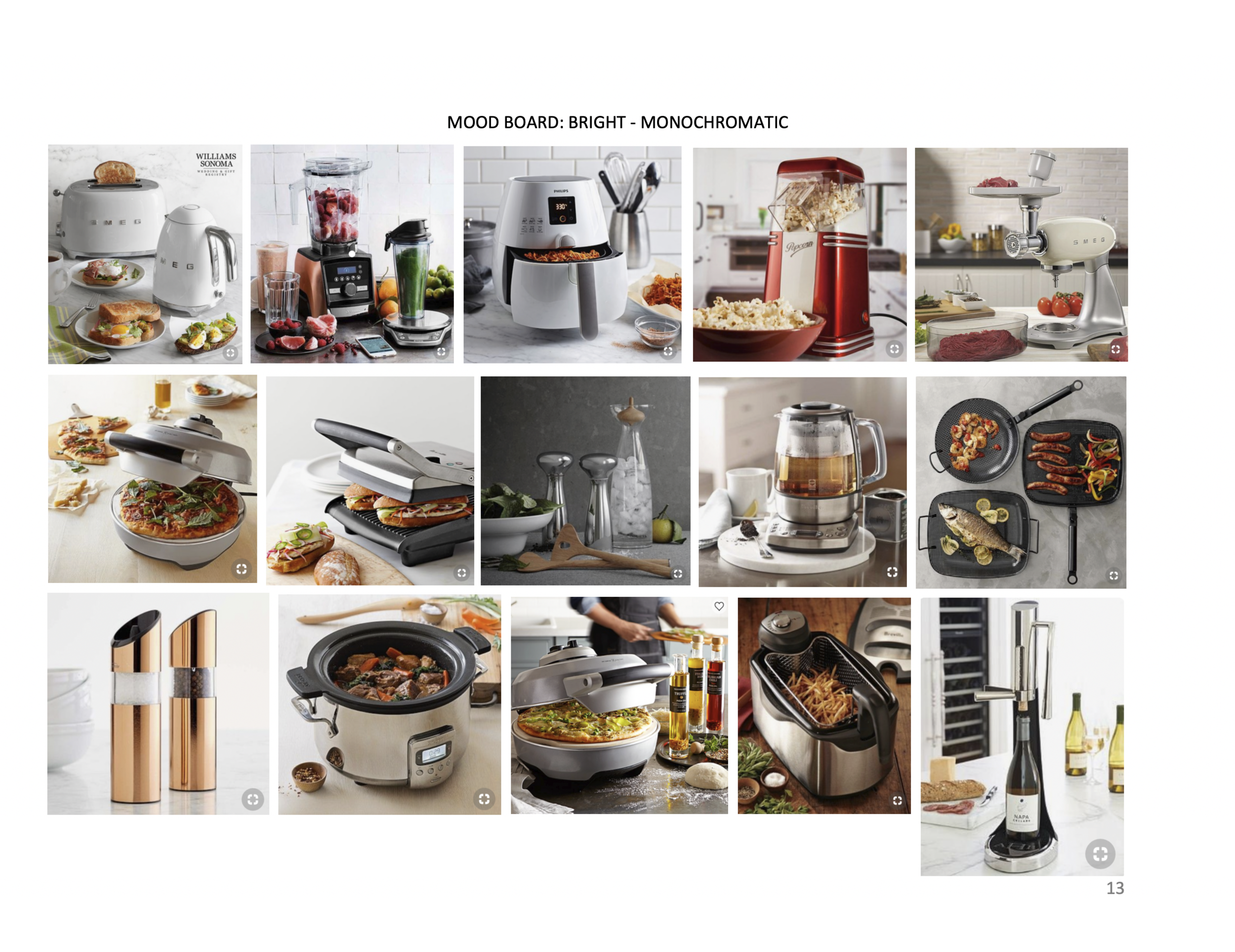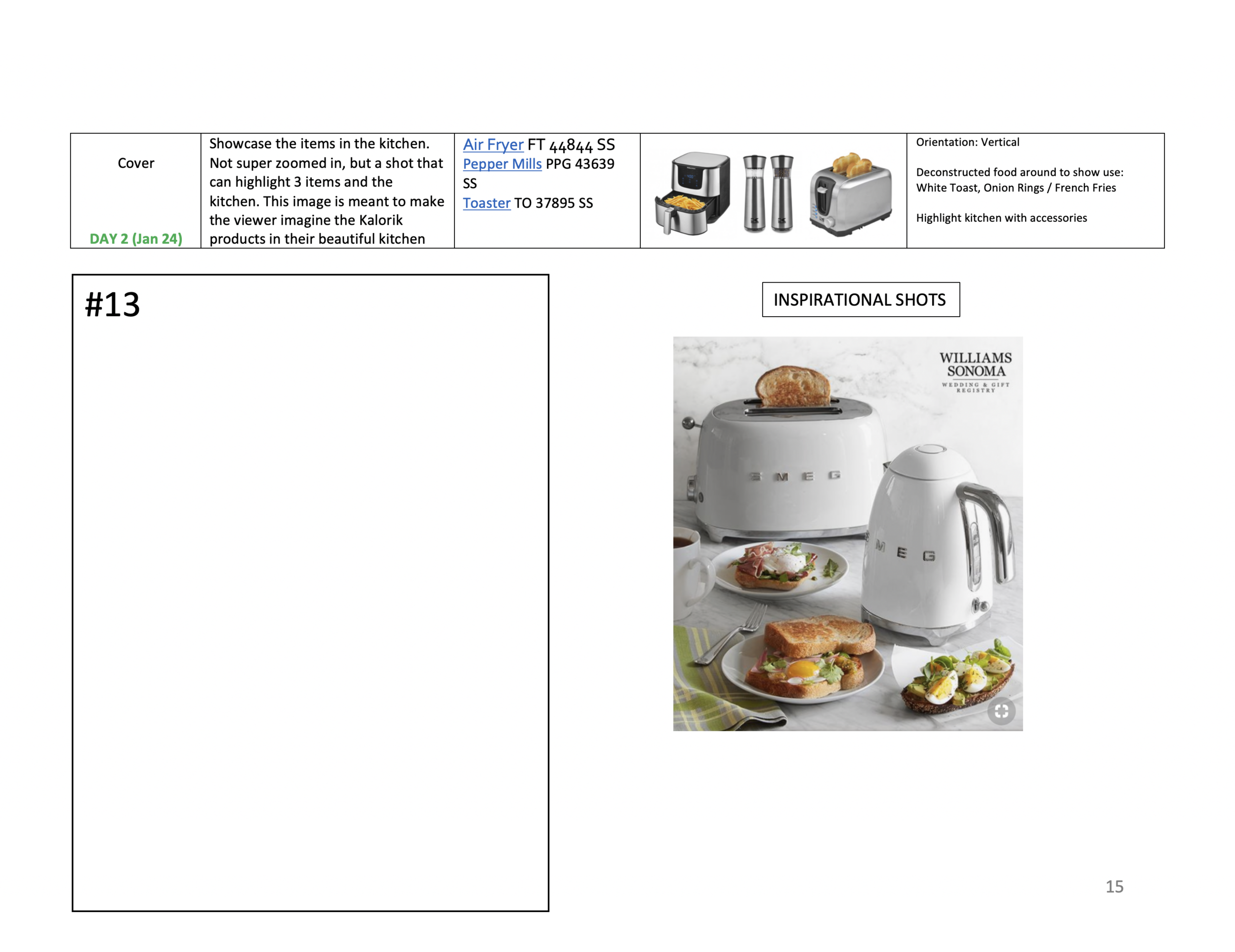What is a Treatment and How do I Make One?
WHAT IS A TREATMENT?
If you’re a photographer, you’ve probably heard the word “treatment” thrown around. You’re also probably wondering what it is. A Treatment is essentially a well-designed mood board with extensive information of the photoshoot. Below we will go over what you can include in your treatment, who is in charge of putting it together, and why you should consider using one.
WHAT SHOULD YOU INCLUDE IN THE TREATMENT?
There is no right or wrong way to do it but here are some things to consider including when applicable. Your treatment can be simple or detailed, it’s totally up to you and the client. I find that the more information you have, the smoother the shoot runs.
A cover page - this might include your logo, the date, the client info, and contact information.
Type of shoot - you might want to point out this is a “lifestyle advertisement shoot for ___” or a “Product catalog shoot for ___”
Date of shoot - when the shoot is set to take place.
Concept - the idea behind this shoot for example, “product photography for Miami Club Rum to emphasize Miami colors, Teal and Hot Pink in a studio setting”. This is a simple explanation of the concept you are trying to achieve.
Setting / Location - the address or location of the shoot. Is this taking place at a studio, a lounge, a park, etc.
Props / Checklist - a list of props needed for the shoot.
Mood board - inspirational images of the look and feel you are trying to attain. Are these light and airy images, dark and masculine, pops of color, etc. You’ll want to assemble some solid shots to be sure the client and the team are on the same page when it comes to shoot day.
Cast / Models - who is the cast/models? Maybe you’ll want to add their role and what they might be wearing.
Styling - who is the stylist (is it a food stylist, set stylist, what is their role?)
Hair / Make up - who is in charge of the hair and make up
WHO MAKES THE TREATMENT?
It depends! If you’re working for an ad agency, the producer of the agency might be the one creating the treatment. Many times if the photographer has their own producer then they will put it together. The circumstance may vary from client to client, but you should always be ready to create one in any case.
DO YOU ALWAYS NEED A TREATMENT?
No. It’ definitely not a make or break for a lot of clients. However, you will find that advertisement and commercial jobs may require one. It could depend on the size of the shoot and scope of the project, but I do recommend this approach when the project requires a substantial financial commitment from the client. By going through the process and building the treatment, you’ll come up with a more cohesive plan. It is also a great tool to convey a higher sense of professionalism and supply additional information on the project.
Once our treatment is made and we’ve gone over it with the client, we like to print out a couple copies for the day of the photoshoot. We (the photographers) keep a set and hand out the rest to the team involved. This allows us to stay on the same page and really cuts down on the amount of time spent trying to figure things out on set. With a treatment we are able to execute the project in a timely and efficient way. Please note, these don’t have to be printed but from our experience we work better with a tangible copy so we can quickly write, highlight, or draw in the notes.
WHO DOES THIS BENEFIT AND WHAT ARE SOME TIPS?
I’ll begin by saying that a treatment benefits both parties. Although they can be lengthy, they can also be a simple and sophisticated way of delivering additional information.
It’s visually appealing
It’s a confirmation from the client of the work they are expecting you to produce
Everyone on the team is on the same page - it’s basically an outline of the entire process
TIP: Remain branded throughout the treatment
TIP: The more time you spend on this, the smoother your shoot goes. There’s no harm in being prepared!
TIP: I like to number my pages so we can just shout “refer to page 5” or “the prop list is on page 14”. Numbered pages are always a lifesaver!
EXAMPLE OF A TREATMENT
Below is one example. For confidentiality I’ve blurred out some things but you get the idea. You can get as creative as you’d like with this!
